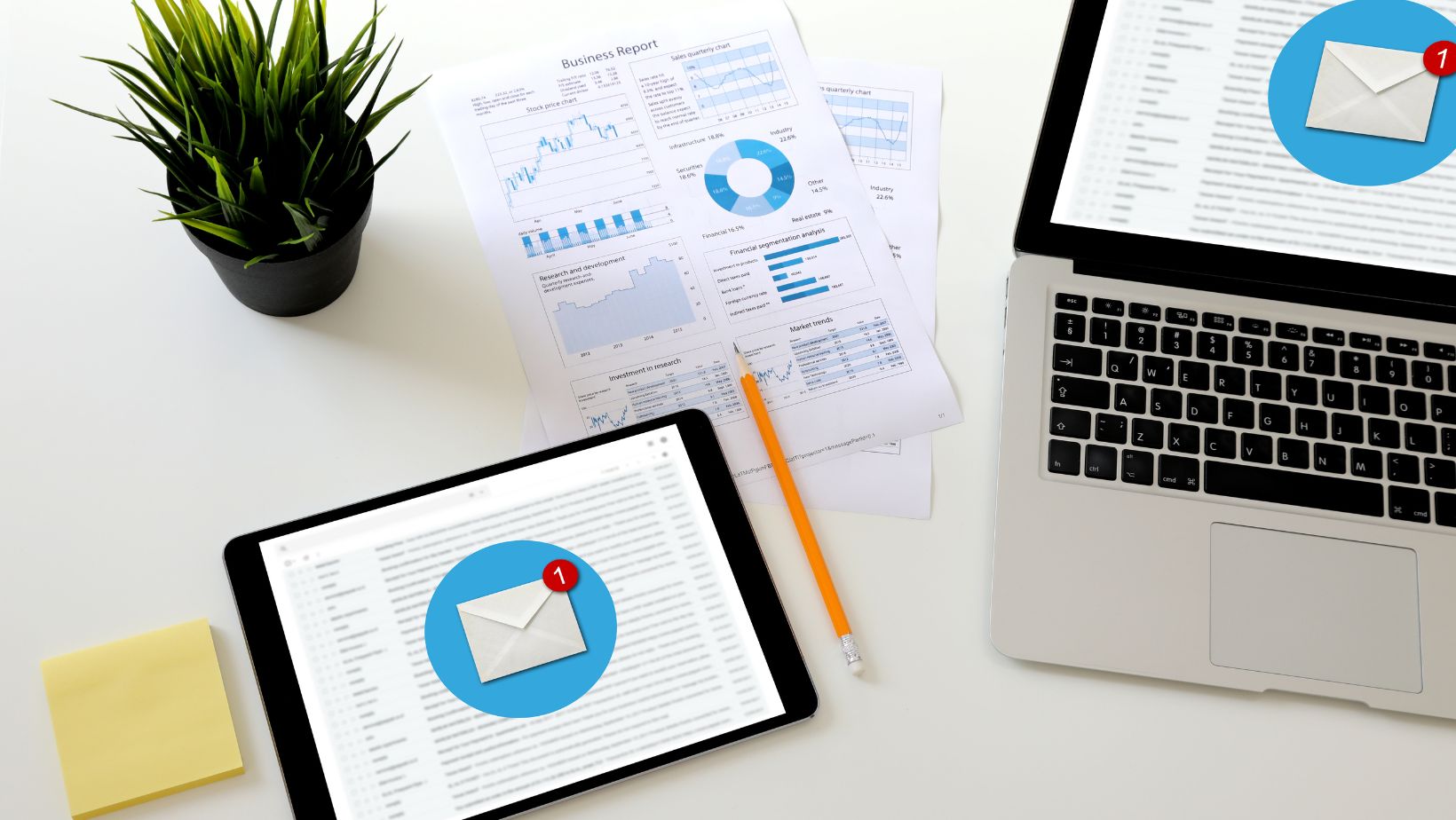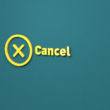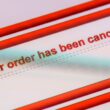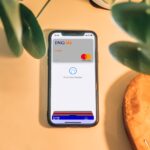 The software world is changing. More and more developers are moving from client work or full-time jobs toward building their own products, and SaaS (Software as a Service) is often the most sustainable and scalable path to that freedom. For ios developers, this opportunity is especially exciting. You already understand app architecture, design patterns, and Apple’s ecosystem. You’re used to shipping polished interfaces and handling performance under tight constraints. These skills transfer incredibly well to the world of SaaS.
The software world is changing. More and more developers are moving from client work or full-time jobs toward building their own products, and SaaS (Software as a Service) is often the most sustainable and scalable path to that freedom. For ios developers, this opportunity is especially exciting. You already understand app architecture, design patterns, and Apple’s ecosystem. You’re used to shipping polished interfaces and handling performance under tight constraints. These skills transfer incredibly well to the world of SaaS.
Finding the Right Problem Worth Solving
Before writing a single line of code, ask yourself: What are ios developers struggling with? What annoys you every day in your own workflow? That’s often where the best SaaS ideas come from.
Maybe it’s the pain of managing beta testers. Maybe it’s getting analytics that actually matter. Or maybe localization still feels like a black box. These pain points—often small, repetitive frustrations—are fertile ground for tools that save time or reduce complexity.
One of the best ways to start is by hanging out where developers complain. Forums like Reddit’s r/iOSProgramming, Swift forums, Twitter/X/X, Indie Hackers, or even YouTube comments on dev tools are goldmines. Look for repeated frustrations. When five people describe the same issue with App Store Connect or testing push notifications, that’s not noise—that’s opportunity.
To validate your idea, you don’t need a full product. Set up a landing page. Run a poll. Share a mockup. Offer a pre-order or early access sign-up. And if you want outside guidance, it can be incredibly helpful to get input from someone with experience, whether that’s a mentor or through SaaS consulting services tailored to developer products.
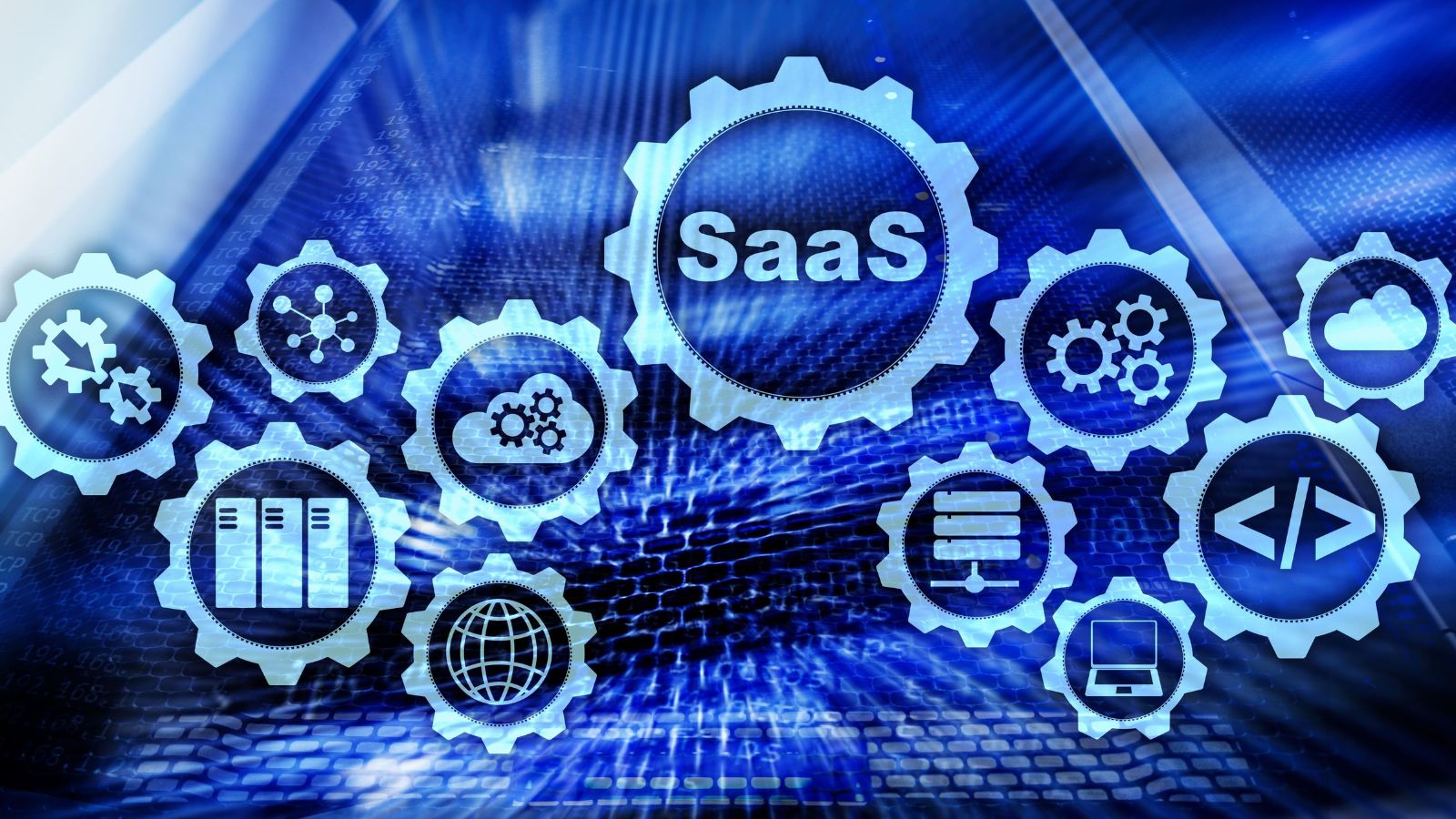
Building the Product: Start Small and Technical
As an ios developer, you may be tempted to overbuild from day one. Don’t. Build a Minimum Viable Product (MVP) that solves a small, specific problem extremely well.
Your tech stack doesn’t need to be perfect. Use what’s comfortable. If you love Swift, consider backend frameworks like Vapor. Otherwise, Firebase, Supabase, or Node.js/Express can get you going quickly. A simple web interface built with Next.js or plain HTML/CSS might be all you need to support your mobile-facing backend.
Think about whether your SaaS is developer-facing (e.g., an API, SDK, or CLI tool) or user-facing (e.g., a web dashboard, mobile client). That decision shapes your entire UX. Developer tools need amazing docs and fast onboarding. Consumer tools need great design and zero friction.
Don’t forget infrastructure. CI/CD pipelines, uptime monitoring, and automated backups can save you from many sleepless nights. Keep it lean but reliable.
Making Money: Monetization Strategies That Work
You can build a great tool and still fail if your pricing is off. Luckily, SaaS offers flexibility.
For developer tools, subscriptions are the norm. Offer a free tier to lower the barrier to entry, but make sure your paid plan has irresistible features—priority support, increased limits, or advanced integrations. Usage-based pricing works well for APIS, especially if the value scales with volume (think: number of requests, GB of storage, etc.).
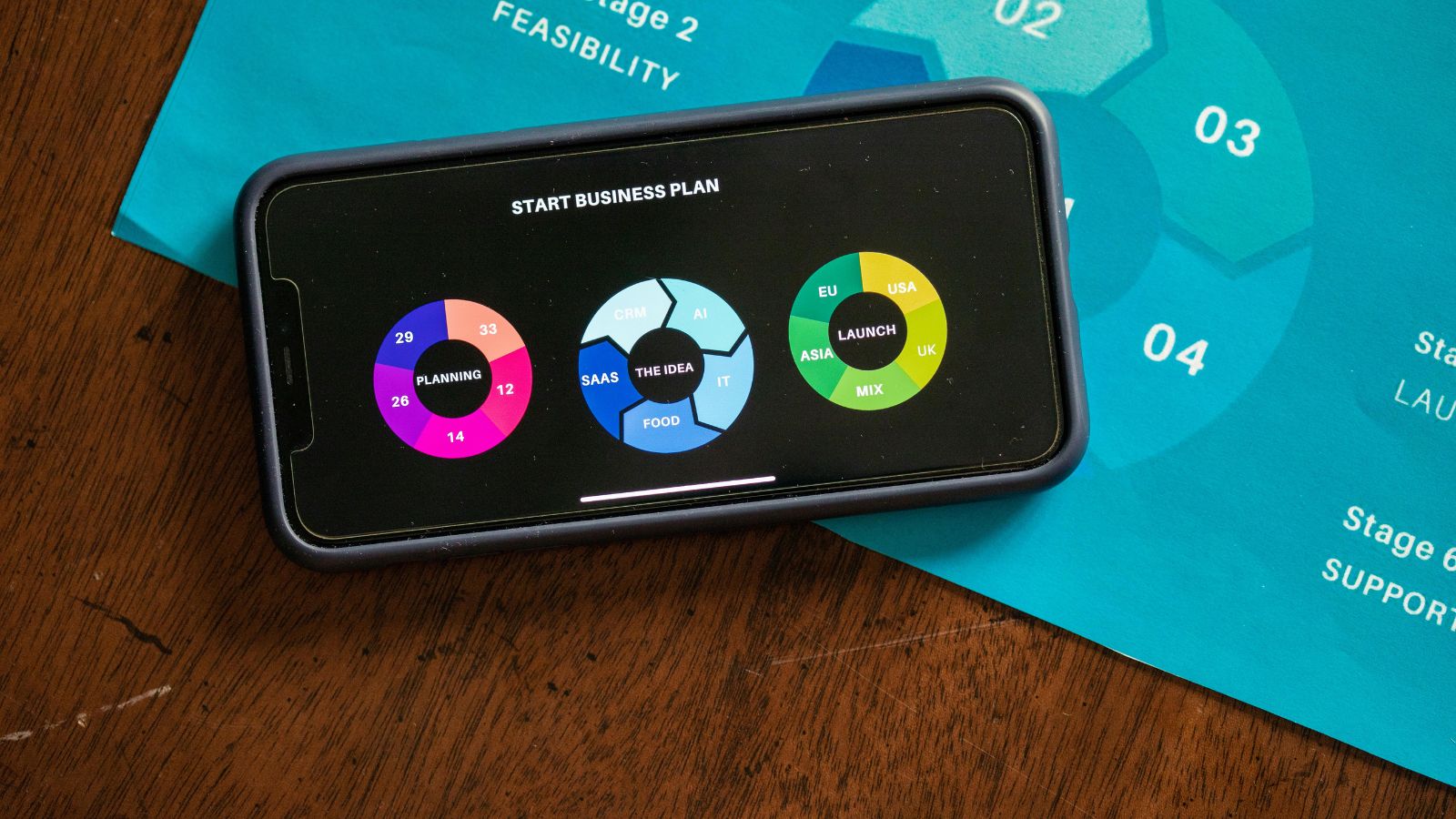
If you’re selling to indie developers, keep your pricing transparent and fair. If you’re targeting teams or enterprises, offer a high-touch plan with invoicing, custom SLAS, or integrations.
Be cautious with lifetime deals. They can bring cash up front, but often come with long-term support costs. Use them only if you’re validating interest or want early traction fast.
Marketing for Developers (Without Feeling Gross)
Marketing doesn’t mean becoming a salesperson. It means showing up, building trust, and being useful.
Share your journey. Post updates on X/Twitter. Write devlogs or small blog posts about technical decisions or product challenges. Developers love transparency, and it builds a following that might convert into paying customers.
Product Hunt launches, Reddit posts, and being active in developer Discords or Slack groups can all drive early traction.
And don’t underestimate email. A well-written onboarding sequence or newsletter with useful tips can keep people engaged long after they sign up.
Scaling and Supporting What You’ve Built
As you grow, users will expect stability, speed, and support. This is where systems matter.
Build onboarding flows that guide people through setup and first value. A dashboard with zero data is intimidating. Can you pre-fill something, offer a checklist, or integrate a sample project?
Support doesn’t have to be overwhelming. Create a help centre, automate common replies, or embed contextual help inside your product. Set up alerts for churn events or bugs, so you can reach out before users walk away.
Watch metrics like churn, activation rate, MRR (monthly recurring revenue), and feature usage. These will guide your roadmap better than intuition alone.
When you reach capacity, look to automate before hiring. But when the time comes, don’t be afraid to bring in freelancers or a part-time support person. It’s a sign of real growth.
You Can Build Something Real
You don’t need a huge team, years of funding, or a perfect idea to launch a SaaS. As an ios developer, you already have the foundation: you know how to solve problems, you care about user experience, and you can ship. Start small. Solve one real problem well. Then talk about it, iterate, and charge fairly. There’s never been a better time for indie developers to build sustainable, profitable SaaS products.





